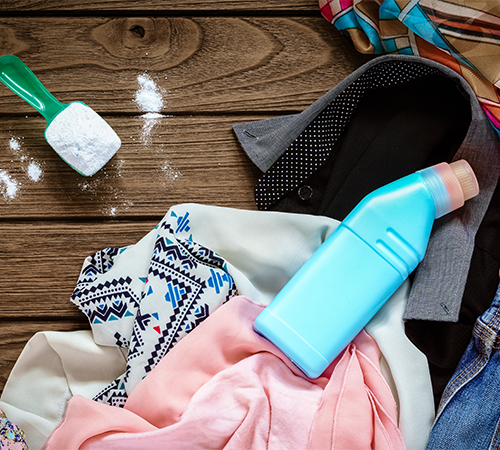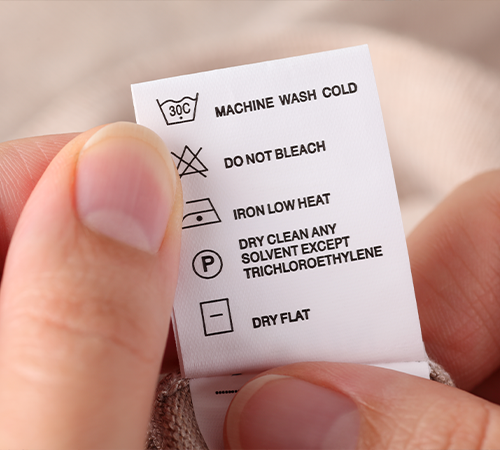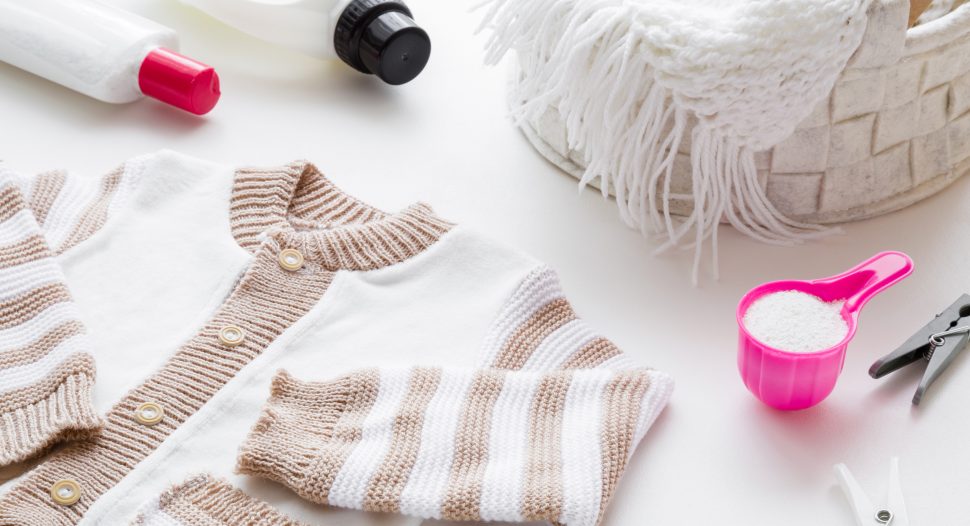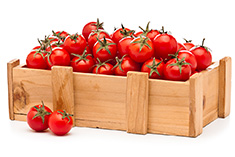Hands up for all those who throw dirty laundry into the washing machine without sorting them out. The end result? You mourn the demise of your favourite clothes becoming out of shape or discoloured.
From choosing the right detergent, fabric softener or conditioner to use in your top-load or front-load washing machine, laundry washing is an art. It may seem like a chore (even if it technically is) but it doesn’t have to be. Get ready to love your laundry the right way with these tips and tricks!
Laundry washing 101:
To get the hang of this basic life skill, you’ll first need to understand fabric care symbols. Fabric care symbols are not undecipherable secret codes. Decoding them will help you to preserve the longevity of your clothes. Some of the more common symbols will inform you:
- Whether to machine- or hand-wash your clothes
- What iron setting to use, and;
- Whether you should tumble dry or dry flat your clothes.
Not all shirts are cut from the same cloth, so you’ll also need to sort your laundry. You might think, why do I have to? Do I need to? Yes, you need to — and here’s why you need to sort them by:

Colour
Dark-coloured clothes, especially new ones, are more likely to bleed dye during washing. If you mix your light-coloured clothes in the wash cycle with the dark ones, your light-coloured clothes will pick up the dye and become discoloured.
Fabric weight and type
Heavy fabrics such as towels and denim need to be washed separately from clothes of a lighter weight to prevent damage to the latter. Delicate items such as women’s lingerie should be washed on a delicate cycle. However, if you’re short of time to do an extra load, put these delicate items in a mesh bag to protect them and throw them into a regular wash cycle.
Ensure that all zippers are unzipped, buttons are unbuttoned and clothes are turned inside out before washing.
Amount of dirt
Heavily soiled or stained laundry calls for a heavy-duty wash cycle. Time to bring in the big guns — to ensure more effective removal of stains, they can be pre-treated by pouring detergent on the stain for up to 10 minutes or soaking the clothes for about 30 minutes before washing.
Smells like clean spirit
Liquid or powder? Softener or conditioner? Is the array of detergent options out there making your head spin faster than a heavy-duty wash cycle? Don’t fret — in general, it depends on what stains you’re dealing with and whether you have a top-load or front-load washing machine at home.

Should I use liquid or powder detergent?
Price isn’t always the best indicator of an effective detergent. Check the product label for anionic and non-ionic surfactants, as well as enzymes that can remove stains. Laundry liquid detergent is the most popular largely due to its ease of use and effectiveness against even the greasiest and oiliest stains; the liquid deeply penetrates fabric fibres to dissolve stains. It’s also ideal for spot cleaning — all you need to do to tackle stubborn stains is rub some liquid detergent on them directly before popping them into the washing machine. Just be careful not to pour too much liquid detergent for each wash load.
Powder detergent definitely fares better on the cost front. It’s more economical and performs the best on outdoor stains such as soil and mud, but tends to be harder to dissolve in cold water. However, powder detergent doesn’t fare too well against external factors such as heat. It will cake and form clumps in the box easily if it’s not kept in a dry environment.

Aren’t fabric softeners & conditioners the same thing?
Fabric softeners, as the name suggests, are formulated to soften and freshen fabrics. It’s not that little extra thing you add to your wash load just to make your clothes smell nicer. Fabric softeners actually help to reduce friction between fibres and subsequently, creates less static so your clothes don’t cling to each other and last longer. On the other hand, a fabric conditioner does more than soften your laundry. Think of it like your hair conditioner; fabric conditioner functions to protect your laundry in the same way a hair conditioner does for your hair. Fabric conditioner also has the added ability of reducing stretching, fuzz and colour fading in your clothes. Compared to fabric softeners, they may cost slightly more but given the extra perks and a higher concentration formula, it might just be worth forking out the extra cents.
Having said all these, it doesn’t mean you should gleefully add an extra capful of fabric softener or conditioner to your laundry. Never use it on workout clothes as the liquid will block the fabric “pores” and impede its performance and quick dry abilities. Odours and stains will also get trapped and become harder to remove with every wash. When in doubt, always check your clothes’ labels.
What’s the difference between top-load and front-load washing machines?
Get the most out of your washing machine by pairing it with the correct type of detergent! You might’ve noticed that some detergents have product labels that indicate if they are best suited to either washing machine. It’s more than just cosmetic differences between top-load and front-load washing machines — the former uses more water and runs a longer wash cycle, while the latter runs a shorter wash cycle that needs less water and in turn, less detergent. Detergents formulated for front-load washing machines also produce less suds. If you use a regular detergent in your front-load washing machine, the machine might not rinse away the amount of lather produced as easily as a top-load machine would.
Live & let dry!
You don’t ever have to be wishy-washy about doing laundry again. When you bring all the right elements together, your clothes will thank you in the long run as they last longer. Wring it on!
We hope that all these tips will encourage you to give your clothes a little more lovin’ by washing them the right way. From now till 9 November 2022, get up to 60% OFF all your laundry essentials here!



